Rugs are crucial pieces of art to tie together various design elements in any given room. Not only because they introduce colour, pattern, and texture, but by providing a visual focal point that enhances the overall aesthetic appeal of a space. It is an element that brings in the qualities of interiors all over the place and grounds them in a fashionable manner, literally. Beyond aesthetic appeal, they also add an element of warmth and comfort to a space- helping a house become a home. Rugs (carpets or floor coverings) are a way for you to express your personal style and taste. The choice of rug design, colour, and texture reflects the homeowner’s personality and helps reflect that upon the overall space they design. More so, the article discusses why India is a great place to source rugs from.
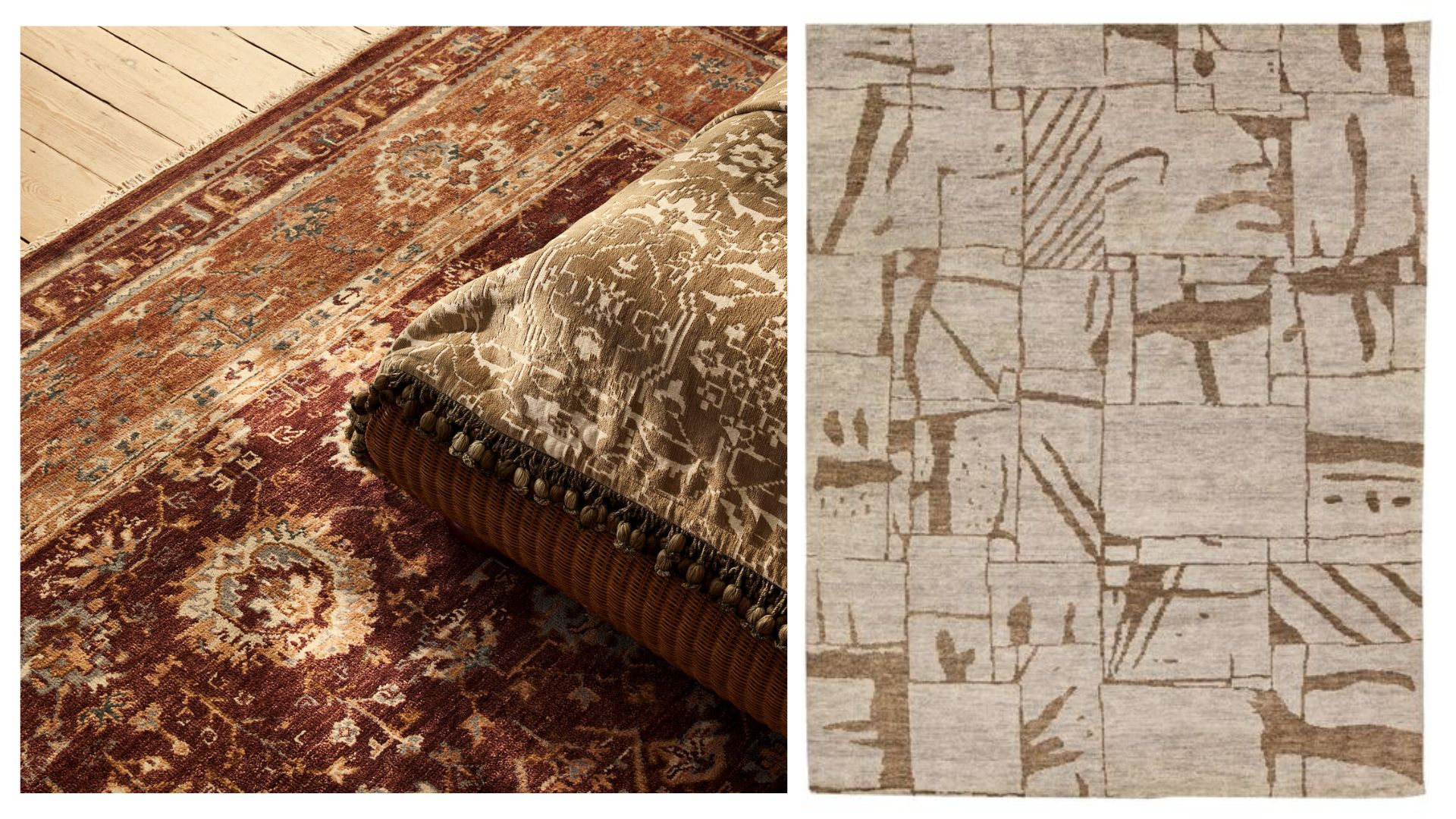
1. Indian designs boast of its rich Cultural Heritage
India offers a rich cultural heritage and more so, a deep-rooted history in rug-making. Tracing back centuries, making carpets and rugs has been a vital part of the country’s culture. Inherently, practicing an art for that long makes the art perfect in an array of styles and artistic elements. The Persian, Mughal, Turkish, and indigenous Indians, have all influenced India in their own unique manners. Subsequently, not only did the influence transfer to the rugs they made but eventually, the design styles fuse together to create unique artistic pieces. While preserving traditional techniques, Indian rug makers have also adapted to modern design trends. This flexibility has allowed India to remain a significant player in the global rug market.
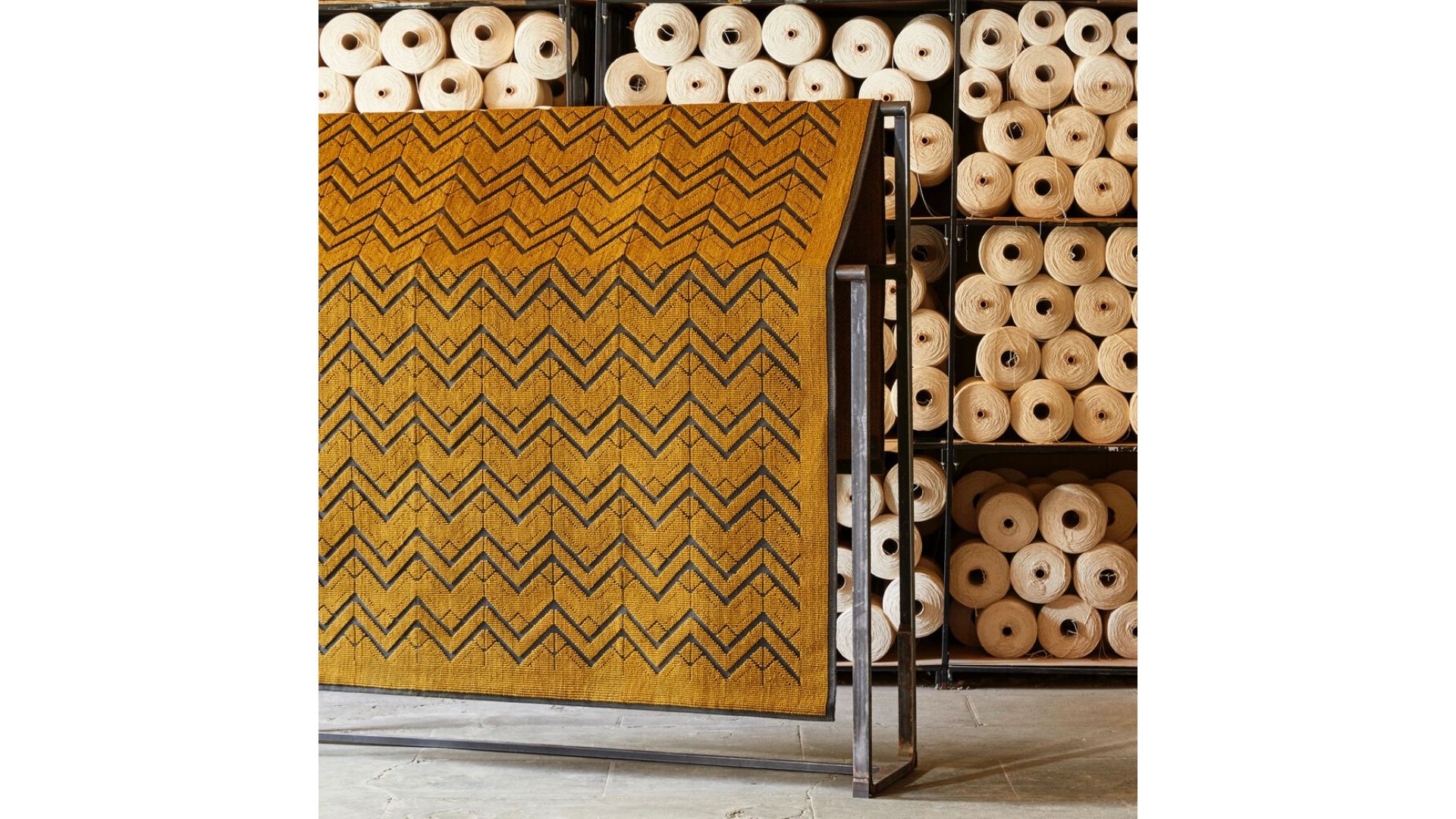
2. Competitive pricing without compromising quality
Additionally, India’s ability to offer competitive pricing without compromising on quality in the rug industry is attributed to a combination of factors, ranging from skilled craftsmanship to cost-effective production processes. India has a rich tradition of skilled artisans who have honed their craft over generations. The availability of a vast and skilled workforce helps keep labor costs relatively lower compared to some other markets. India has abundant access to natural fibers like wool and cotton, which are commonly used in rug making. This reduces material costs, contributing to competitive pricing. India is a major player in the global rug market, producing a large volume of rugs. The economies of scale achieved through bulk production contribute to cost efficiency. India offers a diverse range of designs, including traditional, transitional, and contemporary styles, catering to a wide range of customer preferences. On the other hand, many other markets cater to a specific region-based design aesthetic, that can be limiting when sourcing a variety of rugs.

3. Handmade Indian rugs are far more durable and luxe than machine-made.
Hand-made Indian rugs stand out with their exquisite craftsmanship, employing traditional techniques like hand-knotting or hand-tufting. The techniques use high-quality natural materials such as wool, silk, and cotton, which adds to their durability and luxurious feel. The dense pile resulting from the handcrafted process ensures longevity, making these rugs resilient to wear and tear, often becoming family heirlooms for generations. The richness in texture and plushness underfoot further contributes to the opulent appeal of hand-made rugs. Beyond the aesthetic allure, purchasing a hand-made rug supports traditional craftsmanship, adding cultural and artisanal value to these pieces.
On the other hand, machine-made rugs are typically manufactured using synthetic materials and lack the natural texture and longevity associated with hand-made rugs. While these are more affordable, they may not match the longevity of hand-made rugs, especially in high-traffic areas (such as your living room, office spaces, foyer, etc.) They may also lack the cultural and artisanal significance associated with hand-made pieces. Isn’t that what luxury is all about?
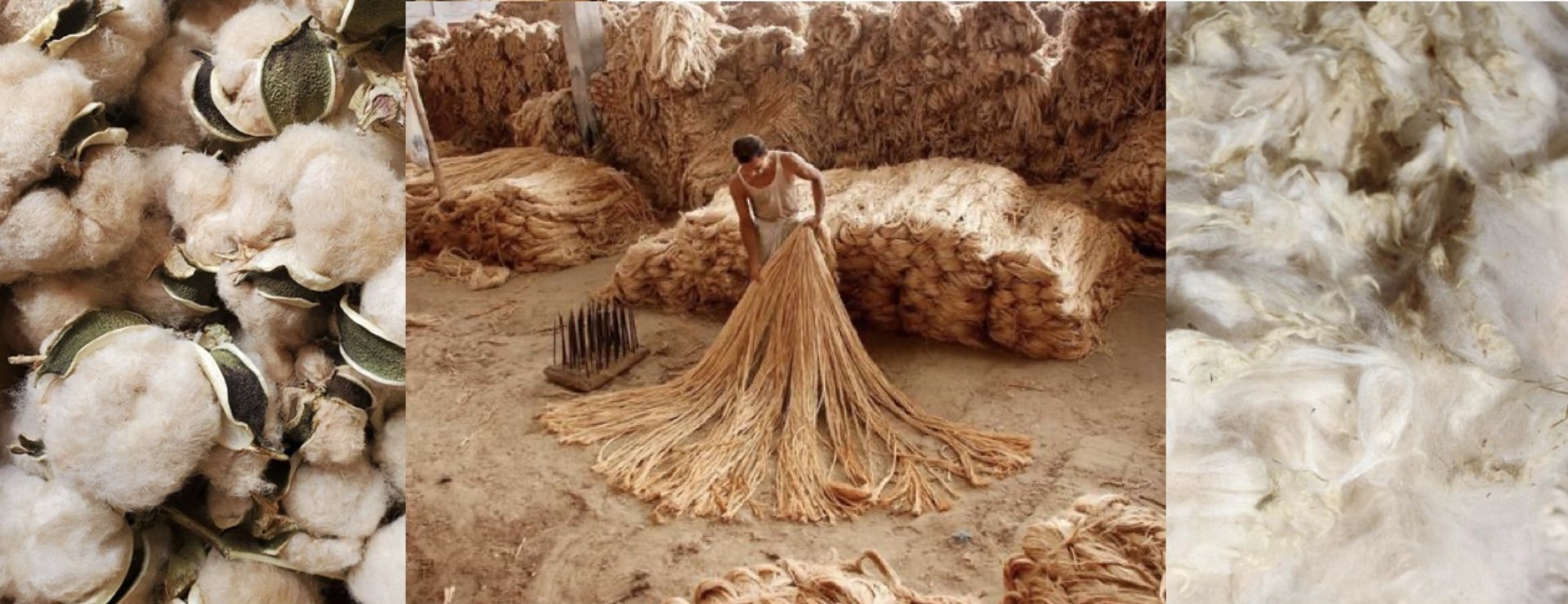
4. Indian Supply Chain/ raw materials.
The quality of Indian rugs actually lie at the heart of India’s geography. India has some of the best supply of raw materials ought to be used in the making of rugs and carpets. For one, India is the largest producer of jute. With its annual production estimated at almost 2 million tonnes, Indian jute offers the best prices as well as superior quality with its processing systems having been perfected over time.
Additionally, India has its very own type of wool known as Indian Wool. What makes it special is its almost exclusive broader micron which is used in manufacturing of rugs and carpets alike. A broader micron indicates thicker fibre, increasing its durability, resilience, and insulation.
Moreover, Egyptian cotton is renowned for its quality but at the same time, India is the second largest producer of cotton yarn. Its regarded for its quality due to its long staple length (increased durability), softness, absorbency (especially advantageous in home textiles), and sustainable cultivation practices.

5. Unique Weaving Styles of India: Hand-knotting & Hand-tufting.
India’s unique weaving styles, particularly hand-knotting and hand-tufting, stand as a testament to the country’s rich textile heritage. Hand-knotting is a meticulous and time-honoured technique where skilled artisans tie individual knots to create intricate patterns and designs. This process, often passed down through generations, results in rugs of exceptional quality and durability. The artistry involved in hand-knotting allows for the creation of elaborate motifs, ranging from traditional geometric patterns to more contemporary designs, making each rug a one-of-a-kind masterpiece.
Hand-tufting, on the other hand, involves using a tufting gun to punch yarn through a fabric stretched on a frame, creating a loop pile. This technique offers a faster production method while maintaining the flexibility to achieve various textures and patterns. Indian artisans adept at hand-tufting produce rugs with a luxurious feel underfoot, with adjusted pile heights and densities. The combination of these weaving styles showcases India’s commitment to preserving age-old techniques while embracing innovation, resulting in a diverse range of rugs that appeal to global aesthetics.


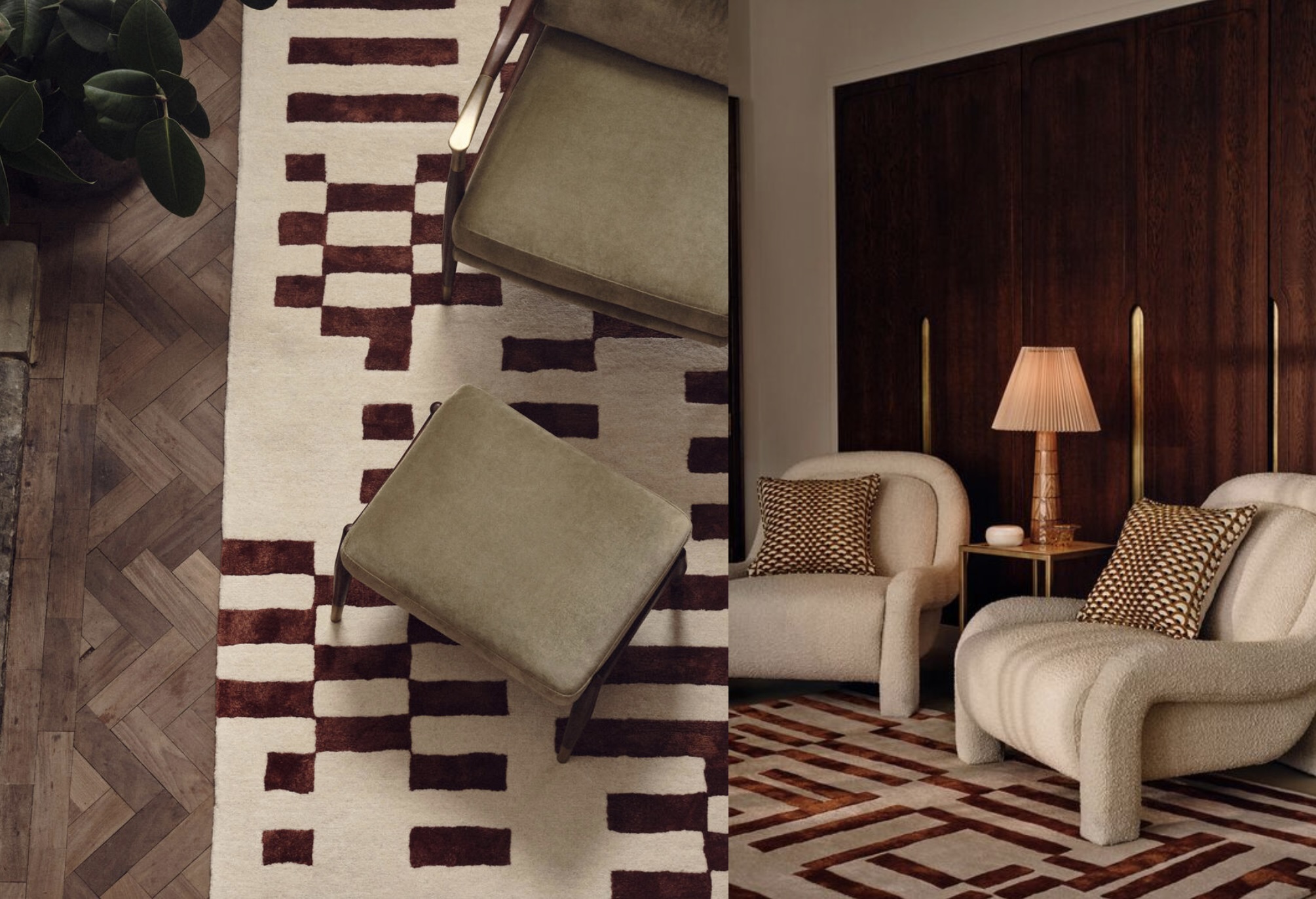
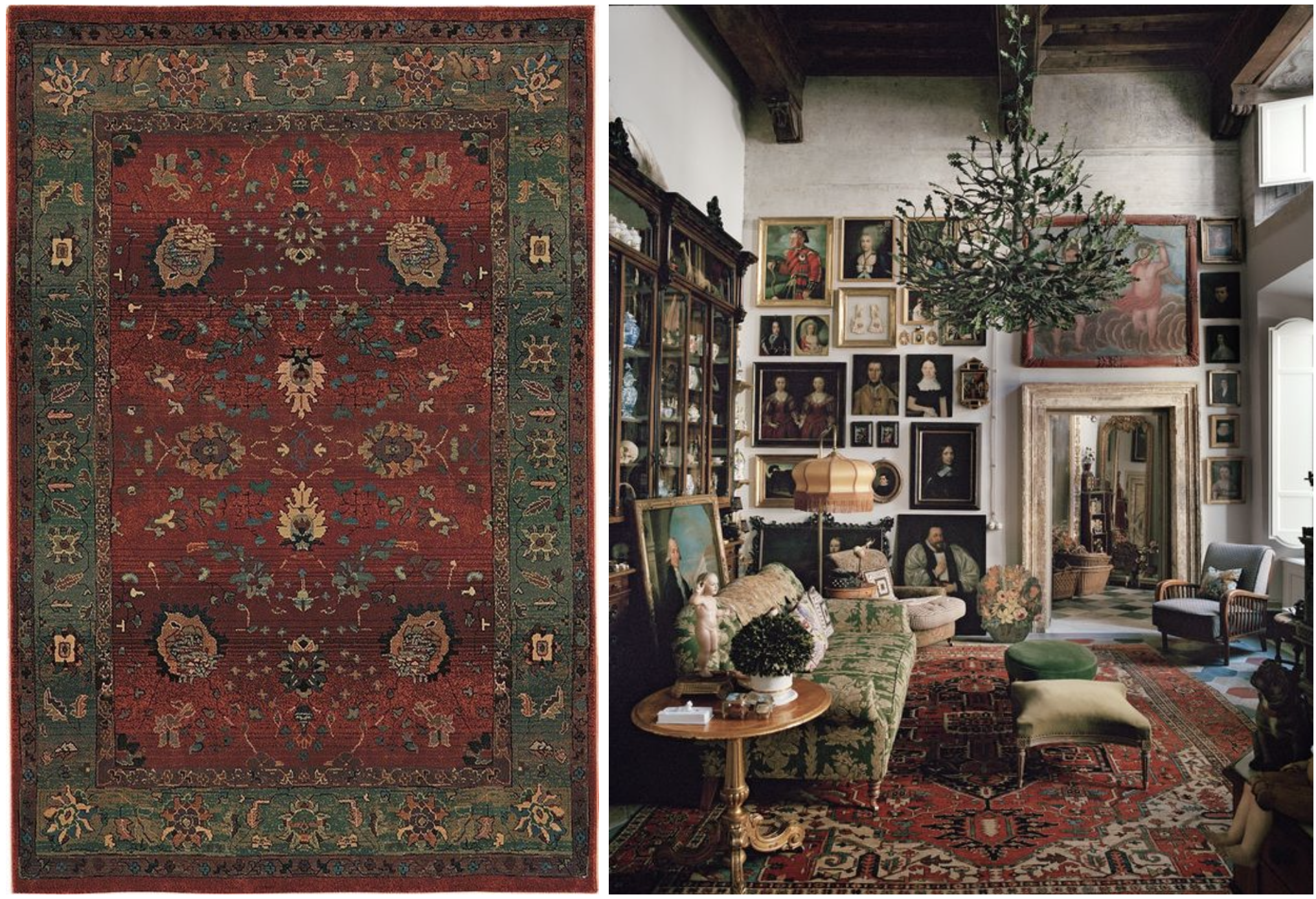
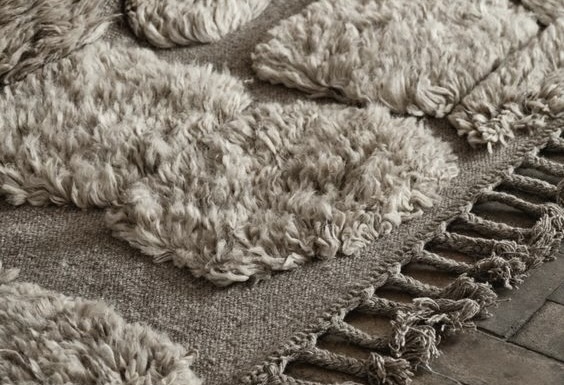
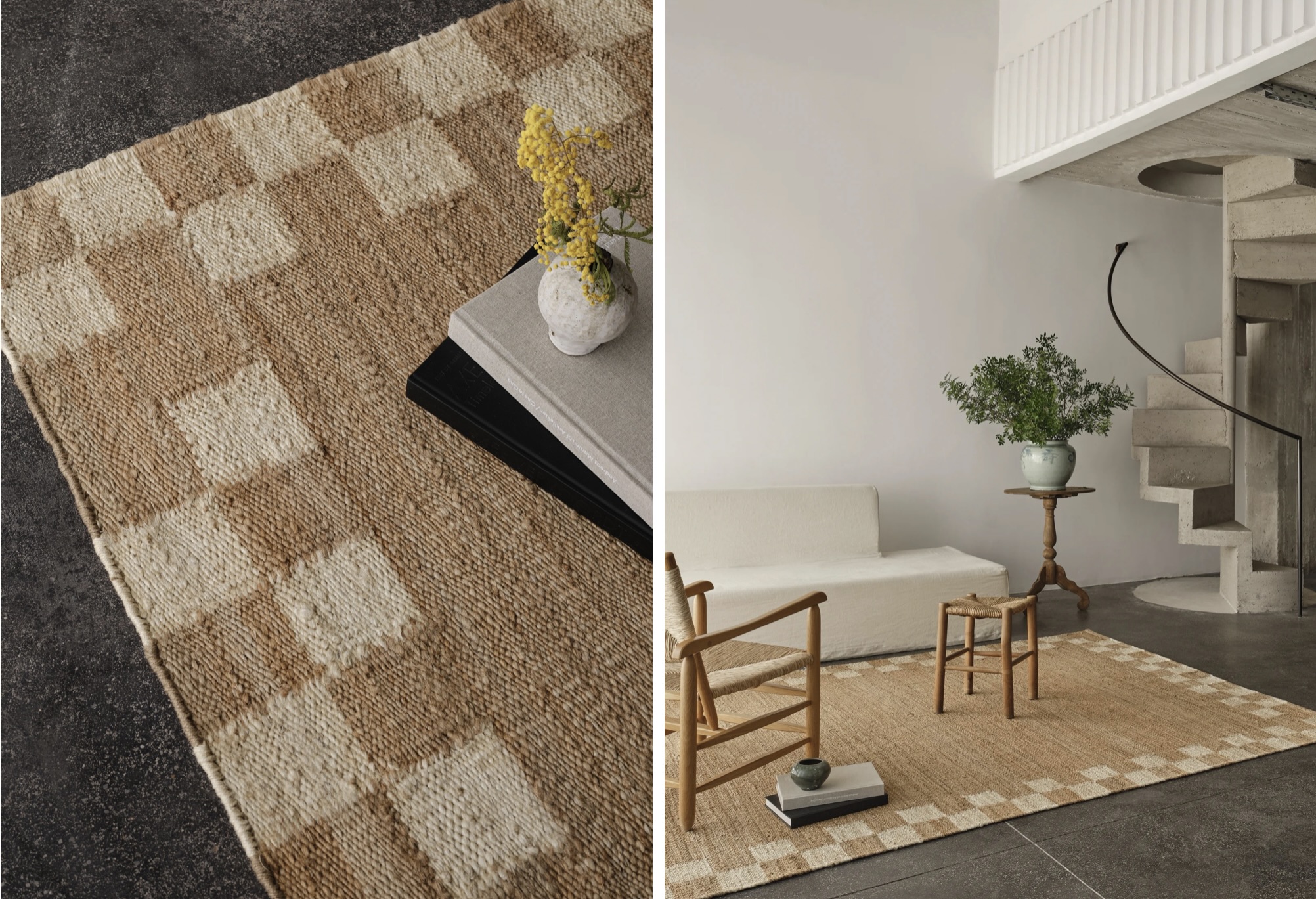
Great article! I appreciate the clear and insightful perspective you’ve shared. It’s fascinating to see how this topic is developing. For those interested in diving deeper, I found an excellent resource that expands on these ideas: check it out here. Looking forward to hearing others thoughts and continuing the discussion!